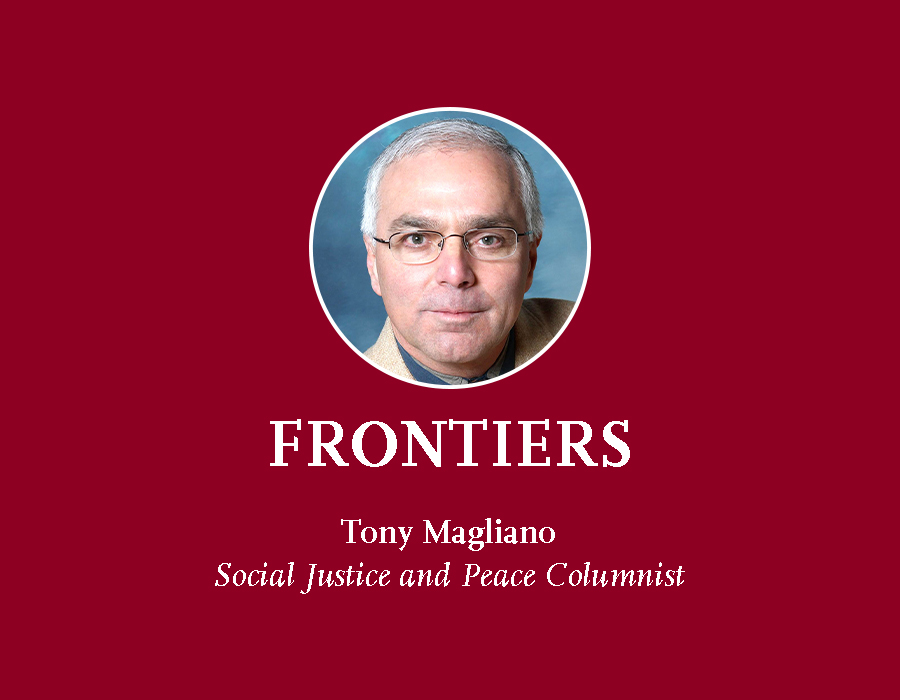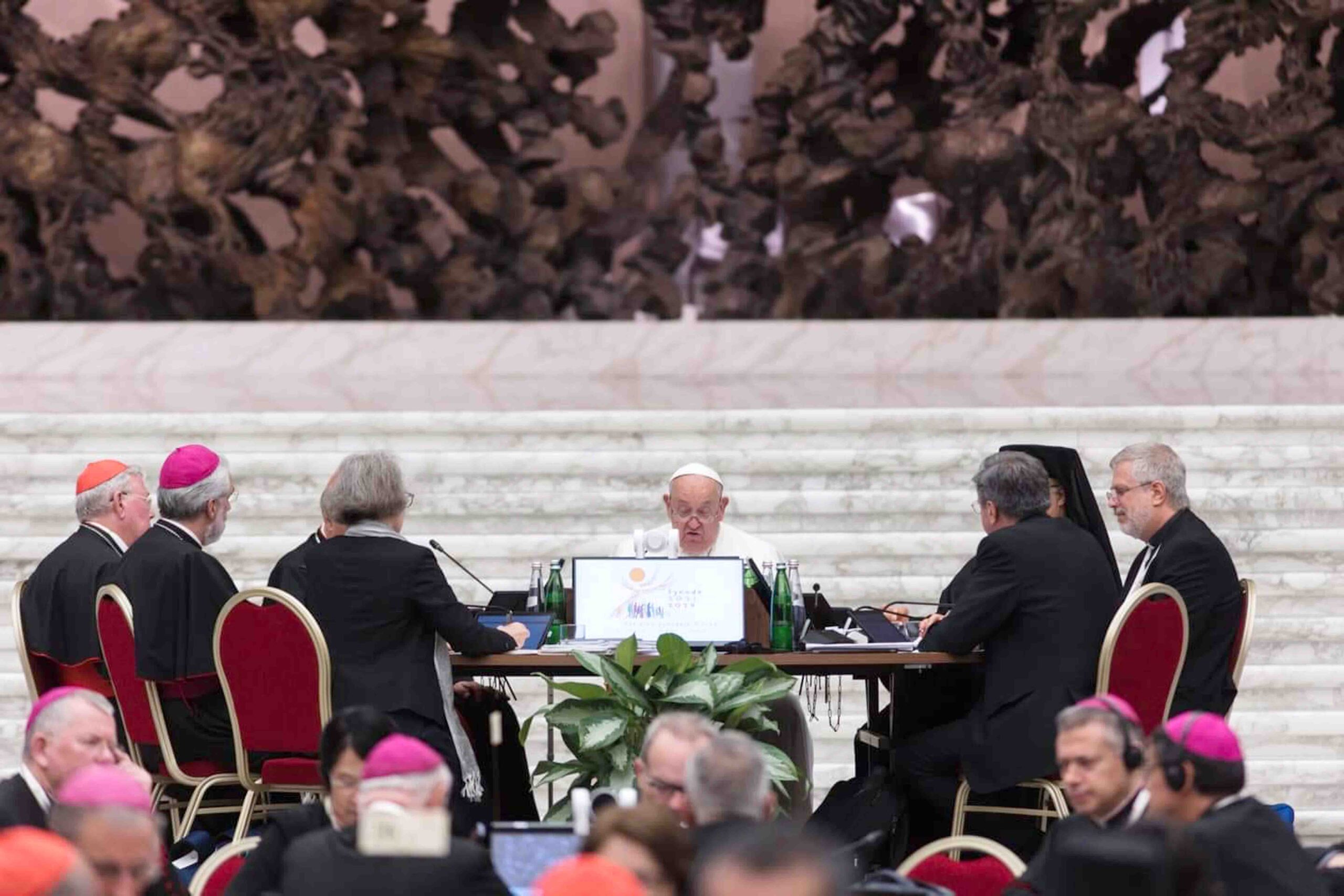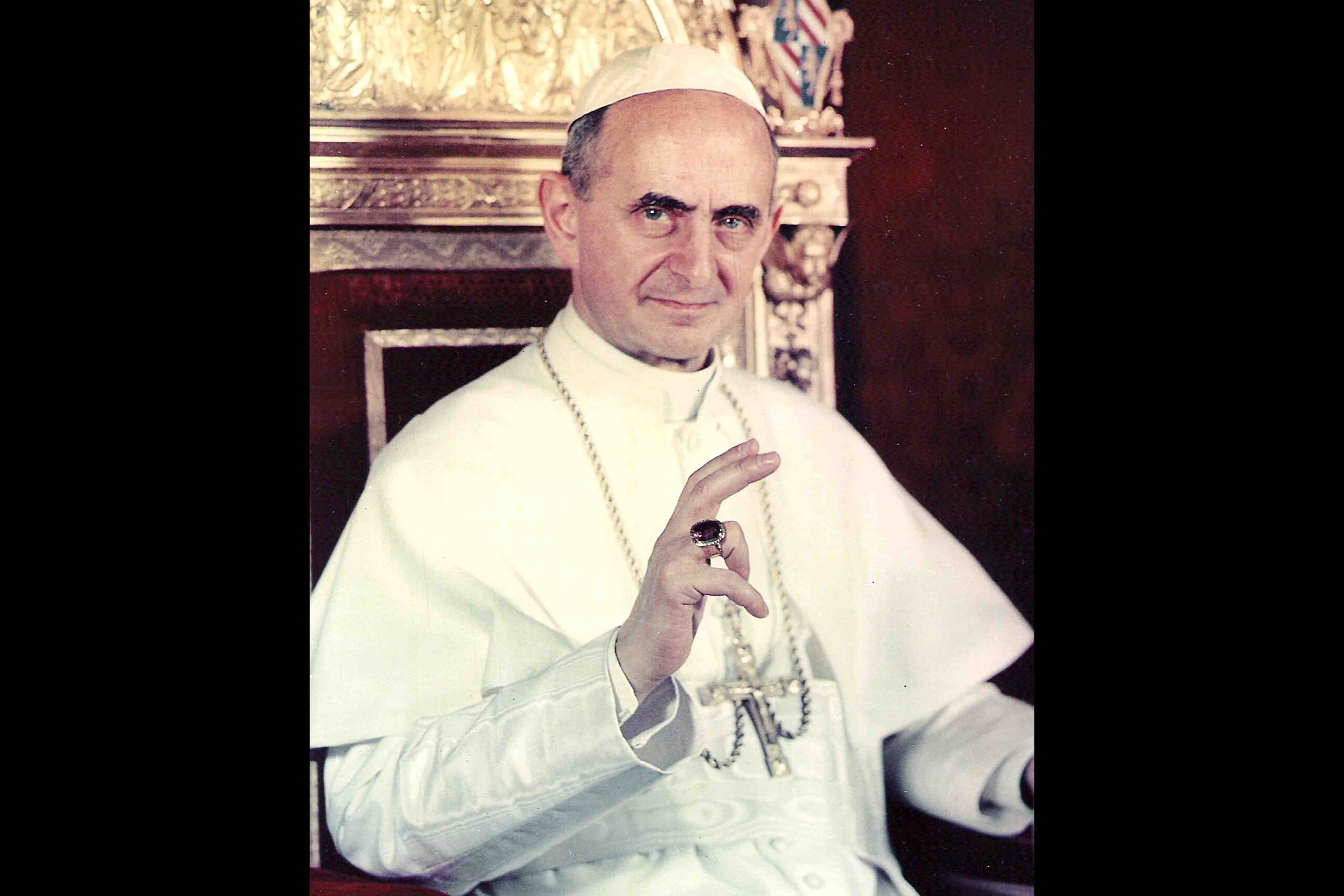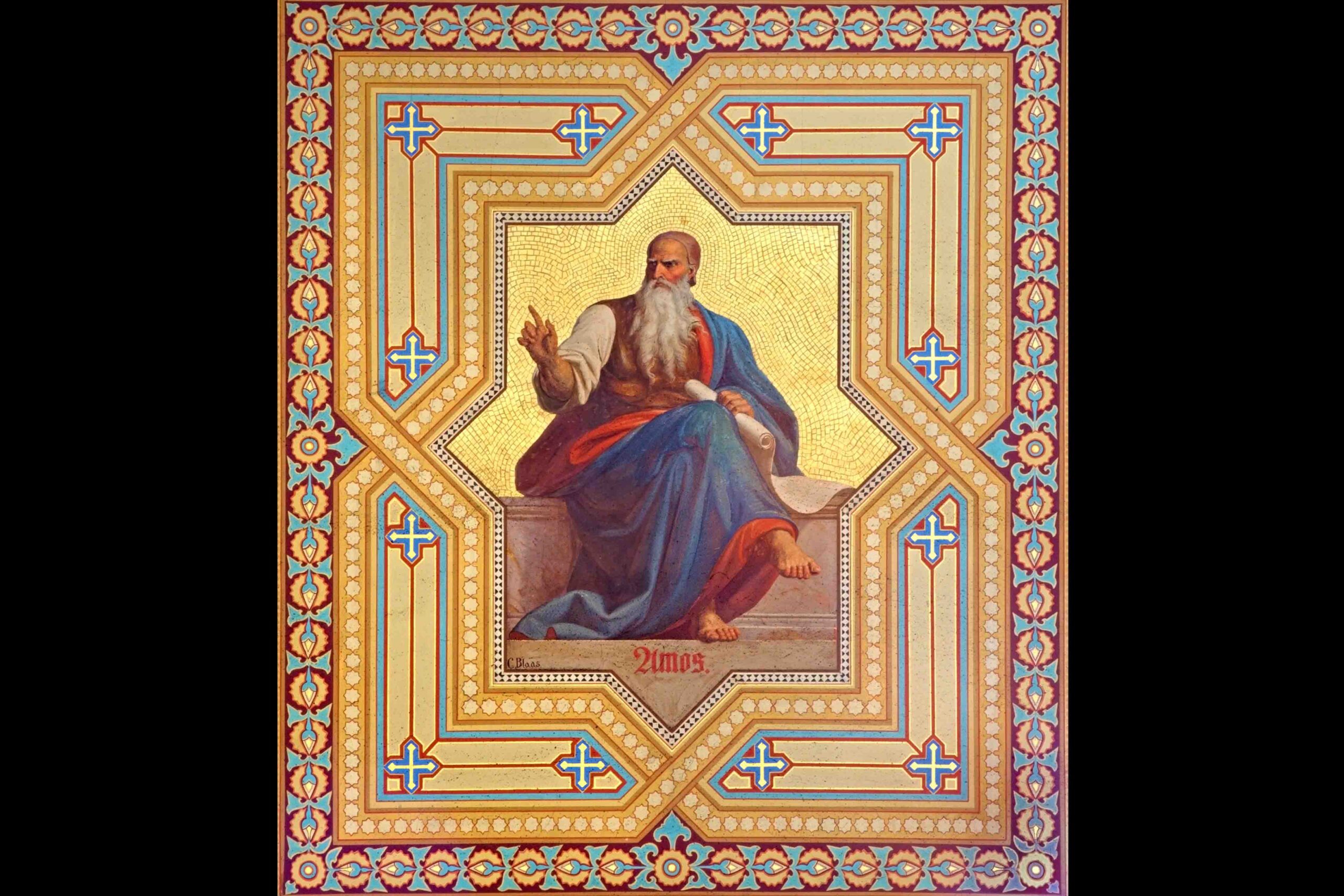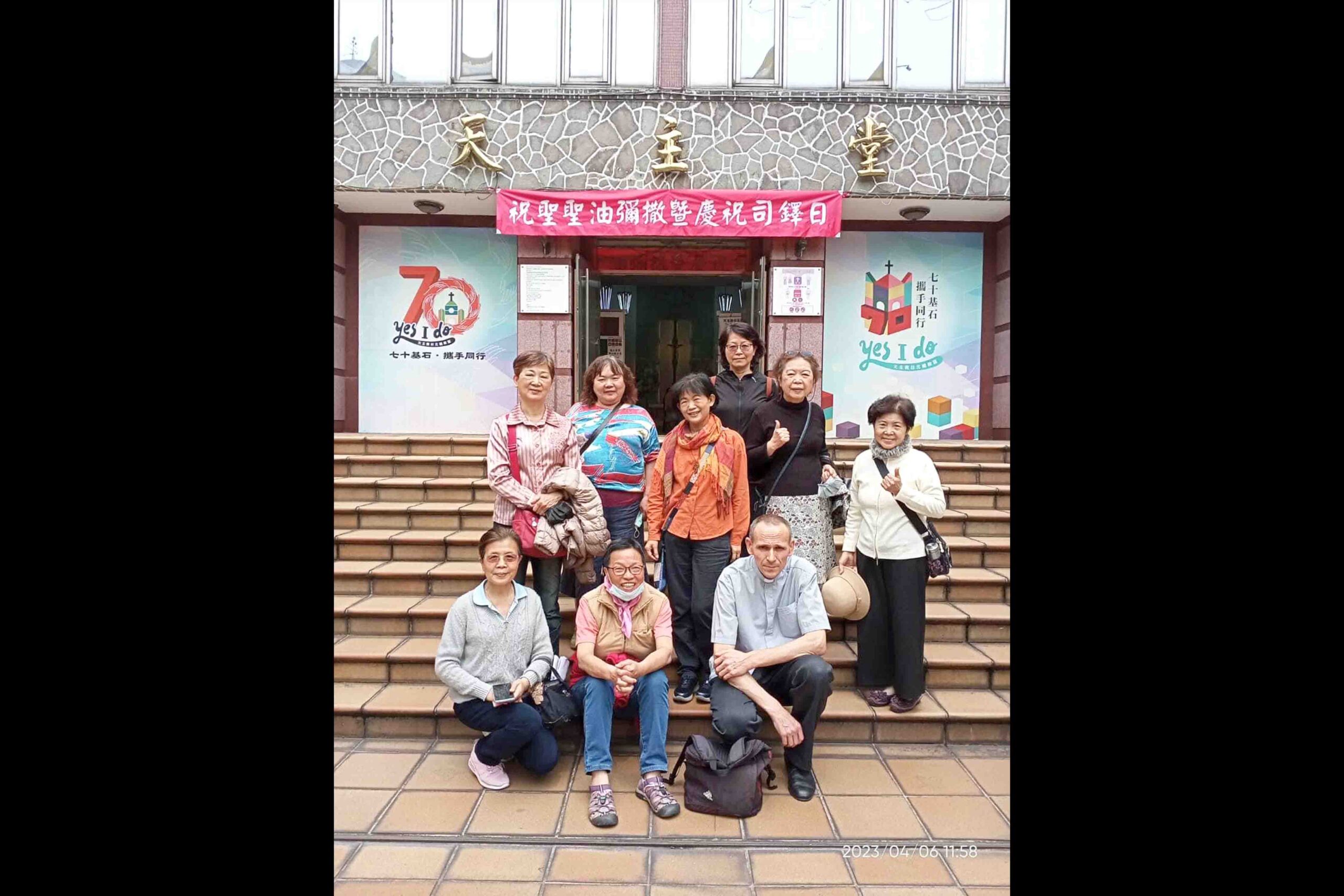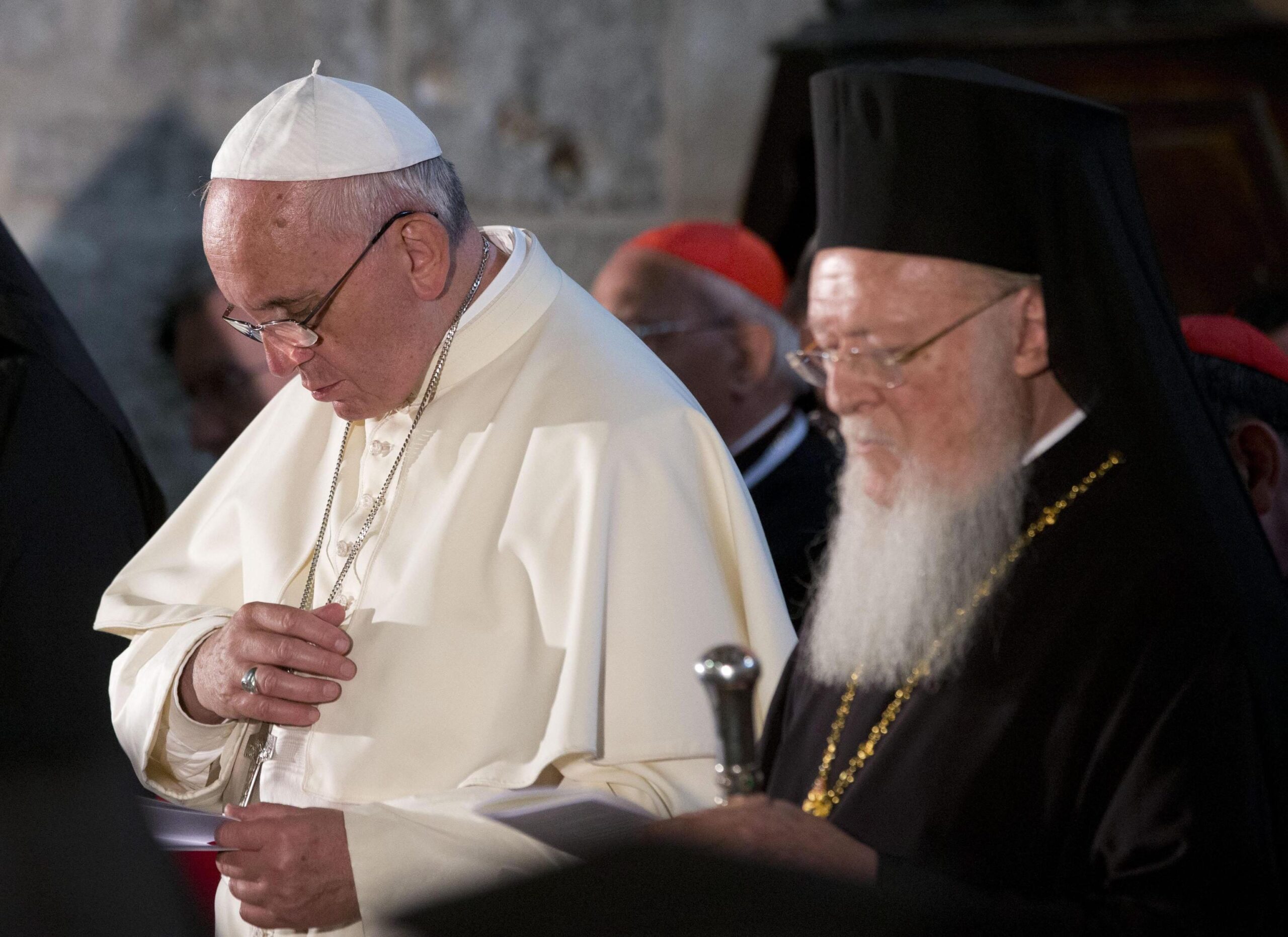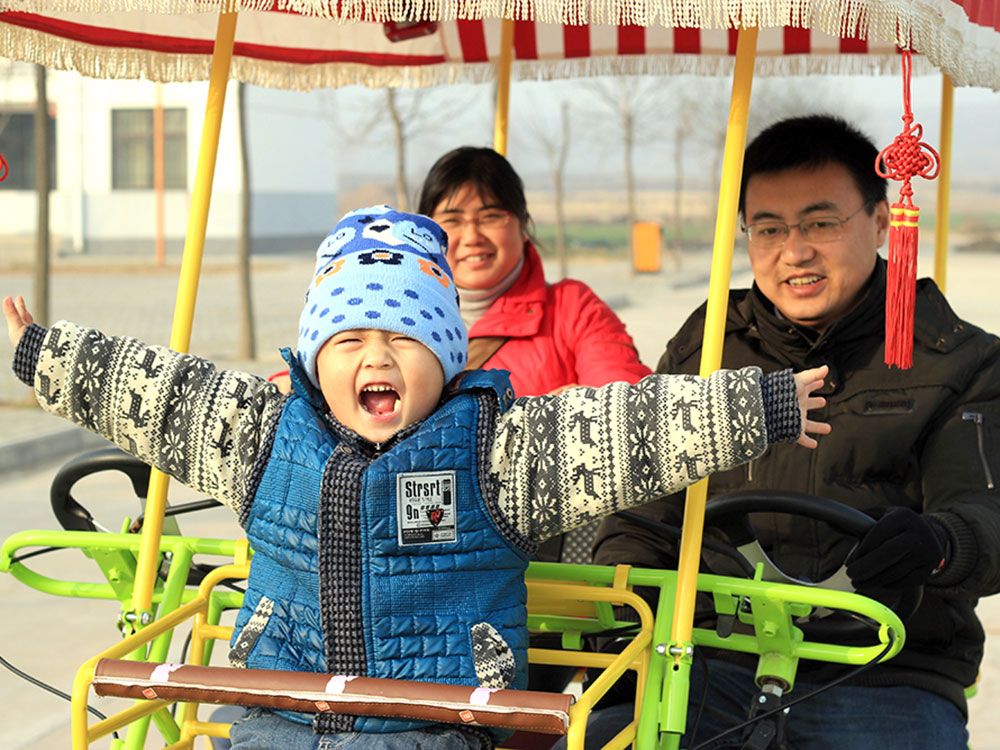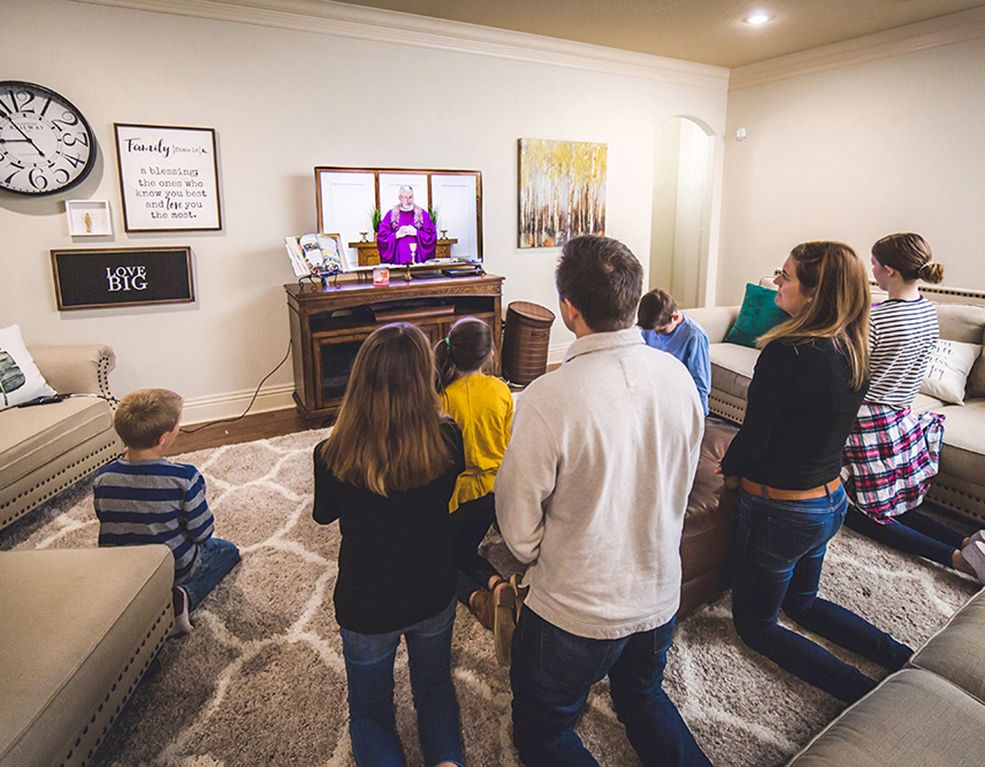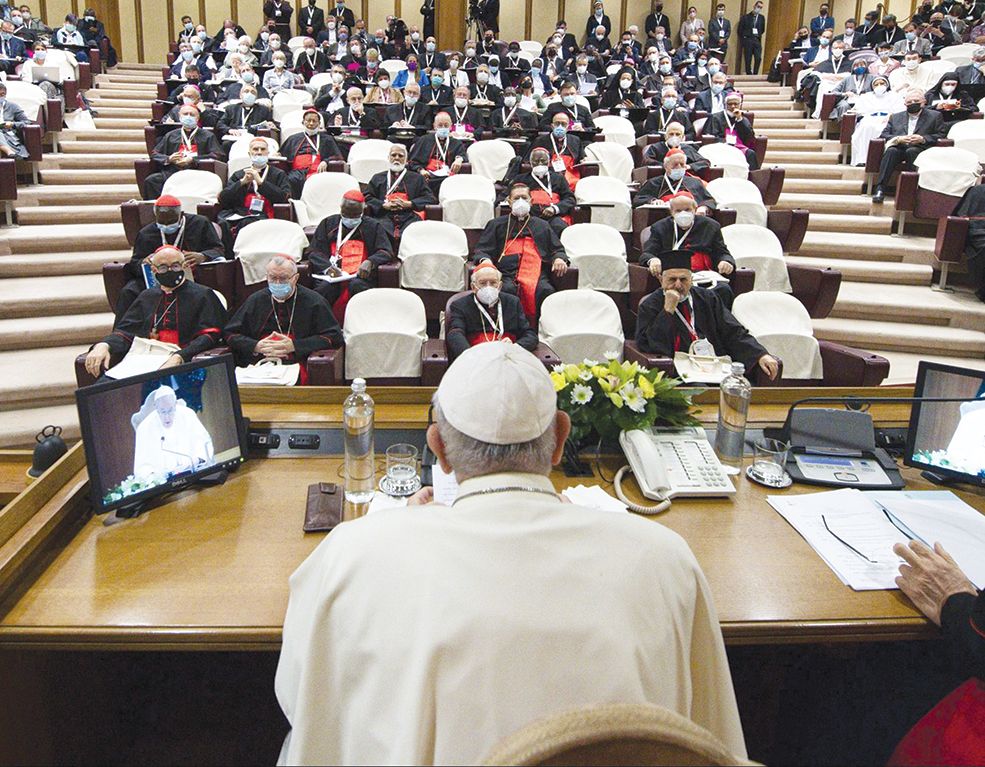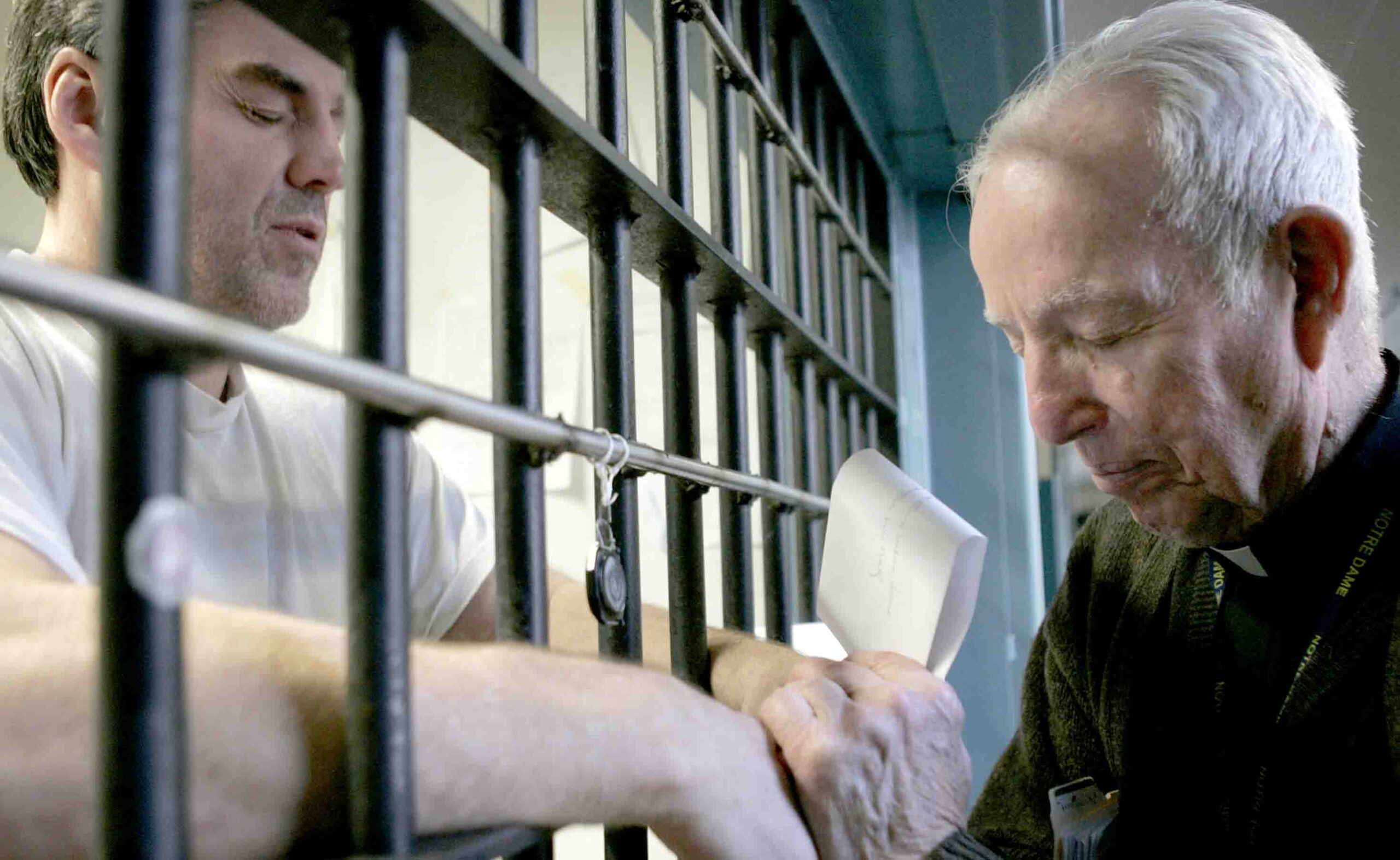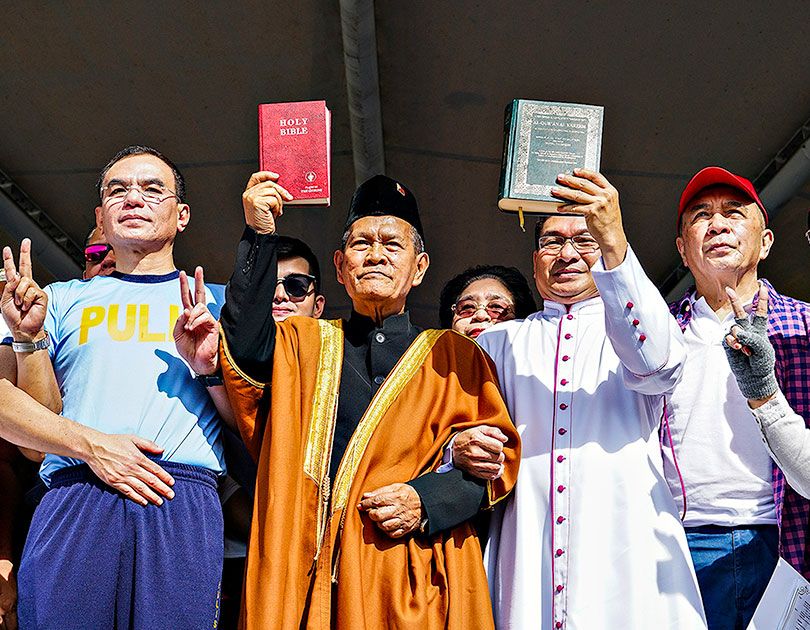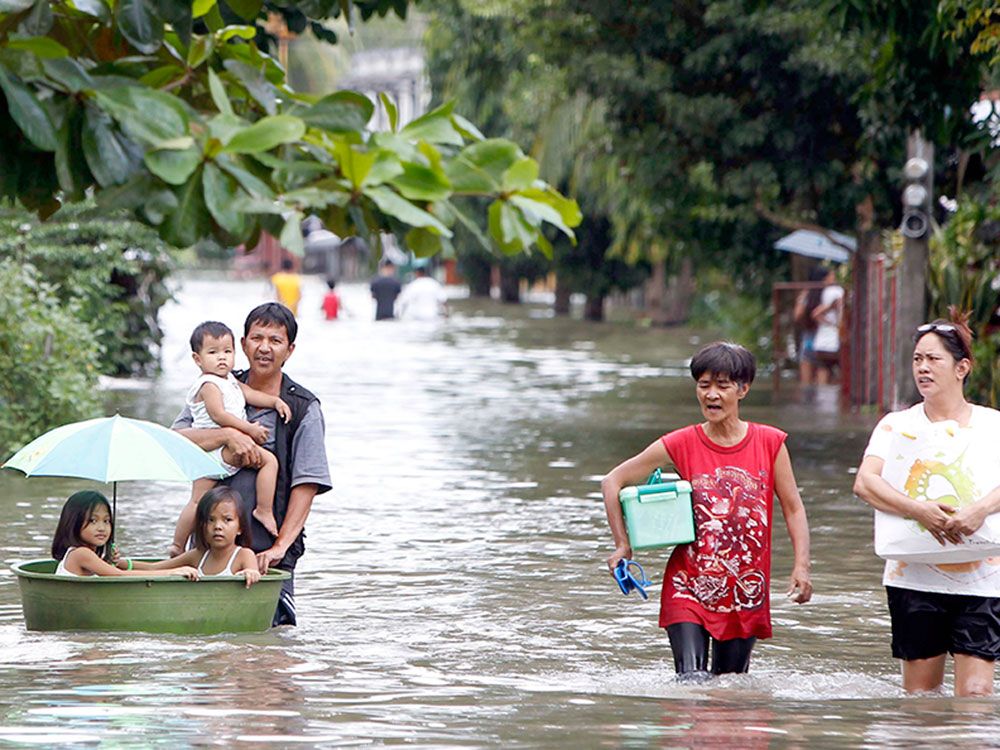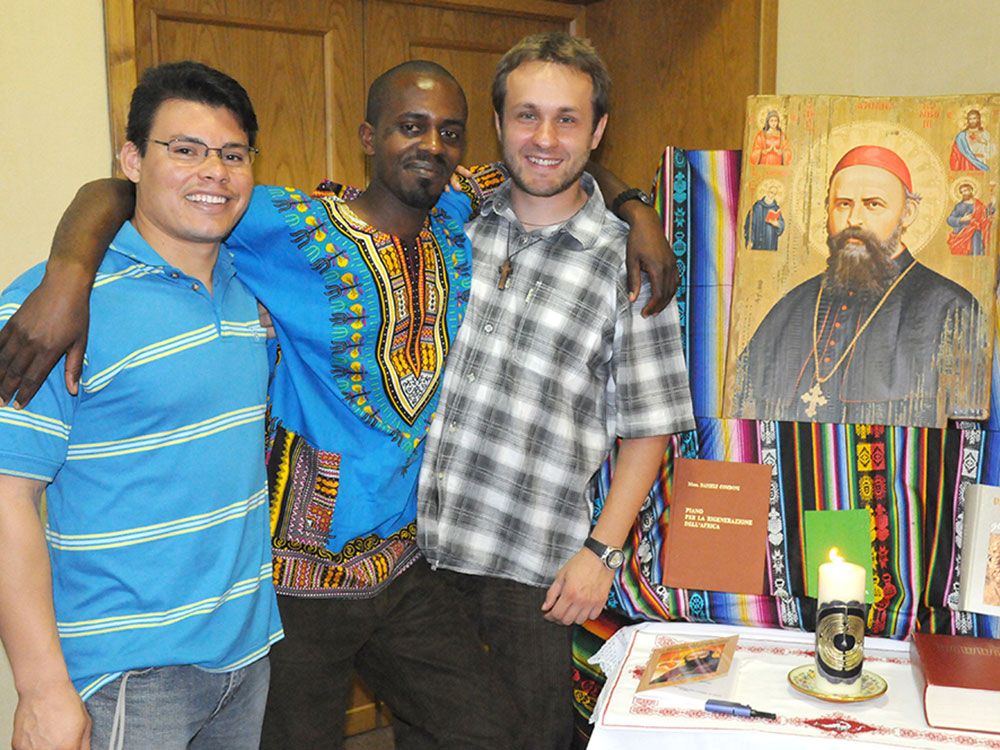Francis begins by wishing that the Holy Year “may be for all an opportunity to be renewed in hope.” The Jubilee opens in a dimension of universal evangelization for everyone. It goes beyond ecclesial boundaries because “in the heart of each person, hope dwells as the desire and expectation of good things to come, despite our not knowing what the future may bring.”
If life is made up of joys and sorrows, trials and difficulties, and if hope seems to crumble in the face of suffering, Paul, shockingly, writes, “We also boast in our sufferings, knowing that suffering produces endurance, and endurance produces character, and character produces hope” (Romans 5:3-4). Here “endurance,” coupled with hope, is holding fast in trials, not being discouraged, persevering, not being in a hurry in a time when we are used to wanting everything and everything now.
HOPE AND ENDURANCE
From this interweaving of “hope” and “endurance,” emerges the Christian life as “a journey,” the sign of which is pilgrimage, “traditionally associated with our human quest for meaning in life” (n.5). It is a journey that requires strength to be nourished and hardened to give us a glimpse of the goal, “the encounter with the Lord Jesus”. Such an encounter guides the pilgrims who will come to Rome and those who will visit the Jubilee churches to celebrate the Holy Year.
At first the Jubilee fell every 100 years, which was later reduced to 50 in 1343 by Clement VI and to 25 in 1470 by Paul II. There have also been extraordinary Jubilees: in 1933, the one called by Pius XI for the anniversary of the Redemption and taken up again in 1983 by John Paul II; in 2015, Francis’ Jubilee to encounter God’s “Face of Mercy” on the 50th anniversary of Vatican II.
Such events involved the “pilgrimage” to Rome to venerate the apostles’ tombs in the Basilicas of St. Peter and St. Paul. In 1350, the Basilicas of the Lateran, St. Mary Major, and St. Lawrence Outside-the-Walls were also added. Later, another sign was inserted, that of the Holy Door, established perhaps by Sixtus IV or Alexander VI. Such a “door of salvation” indicates a living and personal encounter with Christ.
The Holy Year of 2025 enjoys some special features. While standing in continuity with previous Jubilees, this time it falls on the anniversary–1700 years–of the celebration of the first Ecumenical Council of Nicaea in 325, “a milestone in the history of the Church [which] had the task of preserving unity, which was seriously threatened by the denial of the full divinity of Jesus Christ and hence his consubstantiality with the Father.”
The Council also dealt with the date of Easter. By providential coincidence, in 2025, the date of this holiday will fall on the same day for all Christians: April 20. The pope hopes it will be a general invitation to take a decisive step towards unity by establishing a common date for the solemnity.
The Holy Year also coincides with the anniversary–on November 9, 2024–of the 17 centuries of the Basilica of St. John Lateran, the cathedral of the Bishop of Rome. At the same time, it looks toward 2033, when “the two thousandth anniversary of the redemption won by the passion, death and resurrection of the Lord Jesus” will be celebrated.
This Jubilee begins with the opening of the Holy Door of St. Peter’s Basilica on December 24 and will close on Epiphany 2026. The pope also decrees that on Sunday, December 29, 2024, in all cathedrals, diocesan bishops will celebrate the Eucharist as the solemn opening of the Holy Year with the announcement of the Jubilee Indulgence.
SIGNS OF HOPE
A novelty of the Bull consists in presenting together the proclamation of hope with the signs that make it clear and relevant with a reference to Gaudium et Spes: “The Church has always had the duty of scrutinizing the signs of the times and of interpreting them in the light of the Gospel.” The signs of the times, which reveal the aspiration of the human heart in need of salvation, must therefore be transformed into acts that keep hope alive and tangible.
The first must be “peace in our world, which once more finds itself immersed in the tragedy of war. Heedless of the horrors of the past, humanity is confronting yet another ordeal, as many peoples are prey to brutality and violence.”
The pope wonders apprehensively whether it is too much to dream that weapons will fall silent and no longer bring destruction and death. “May the Jubilee remind us that those who are peacemakers will be called ‘children of God” (Matthew 5:9). There should be no lack of diplomatic efforts to build lasting peace.
The second palpable sign of hope is “enthusiasm for life and a readiness to share it” (n.9). Today, we see in our world the “loss of the desire to transmit life” (ibid.), with a disturbing decline in the birth rate. Sadly, the misunderstanding of those who “blame population growth instead of extreme and selective consumerism on the part of some, [which] is one way of refusing to face the issues” should be pointed out.
All believers and civil society as a whole have the task of witnessing to the fruitfulness of love, “the desire of young people to give birth to new sons and daughters” to give a future to their society: “This is a matter of hope: it is born of hope, and it generates hope” (ibid.). Let the Christian community support “the need for a social covenant to support and foster hope, […] for a future filled with the laughter of babies and children” (ibid.).
The third manifestation of hope concerns brothers and sisters living in conditions of hardship. The pope mentions “prisoners who, deprived of their freedom, daily feel the harshness of detention and its restrictions, lack of affection and, in more than a few cases, lack of respect for their persons” (n.10). It would be desirable to provide for them initiatives of hope such as forms of amnesty, remission of punishment, paths of reintegration into society, and respect for human rights.
Unfortunately, the death penalty still exists in some countries. Believers, and first and foremost bishops, should work to abolish it. It is contrary to the Christian faith and destroys all hope. The Bull recalls that Scripture, in announcing the Jubilee, proclaims “liberty throughout the land to all its inhabitants” (Leviticus 25:10).
COMMITMENT TO LIFE
Jesus himself, at the beginning of his ministry in Nazareth, echoed the prophet Isaiah: “He has sent me to bring good news to the oppressed, to bind up the brokenhearted, to proclaim liberty to the captives, and release to the prisoners; to proclaim the year of the Lord’s favor (Isaiah 61:1-2).” To offer a sign of compassion for prisoners, Francis wishes to open a Holy Door in a prison so that it may be a striking sign of hope and a commitment to life.
Another gesture is to offer affection to the sick in our homes or hospitals, reflected in the closeness of people visiting them. May the affection they receive alleviate their suffering since works of mercy are also works of hope. Moreover, caring for them is “a hymn to human dignity” (n.11).
Young people also need to be supported to have confidence, as they often see their dreams fade away. It is gratifying to observe them enthusiastic when they engage in volunteer work in situations of calamity or social hardship, but it is sad to see them discouraged. “Escaping into drugs, risk-taking, and the pursuit of momentary pleasure does greater harm to them in particular, since it closes them to life’s beauty and richness” (n.12). May the Jubilee in the Christian community promote a renewed passion for caring for young people, students, and engaged couples. They are the future and the hope of the world and the Church.
There should be no lack, again, of signs of closeness and welcome for migrants, exiles, refugees and displaced persons, who leave their land to flee wars, violence, and discrimination, in search of a better future. Above all, the Christian community should always be ready to defend the right of the weakest, according to the words of the Lord: “Just as you did it to one of the least of these my brothers and sisters, you did it to me” (Matthew 25:35, 40).
Finally, Francis calls for gestures that express support and closeness toward the elderly, who are often alone and abandoned, thus opening them up to hope; especially toward grandfathers and grandmothers, “who represent the passing on of faith and wisdom to the younger generation” (n.14).
Above all, he urges such gestures “for the billions of poor who often lack the essentials of life. […] Often they are homeless or lack sufficient food for the day. They suffer from exclusion and indifference on the part of many” (n.15). And they are almost always victims through no fault of their own. Published in La Civilta Cattolica






